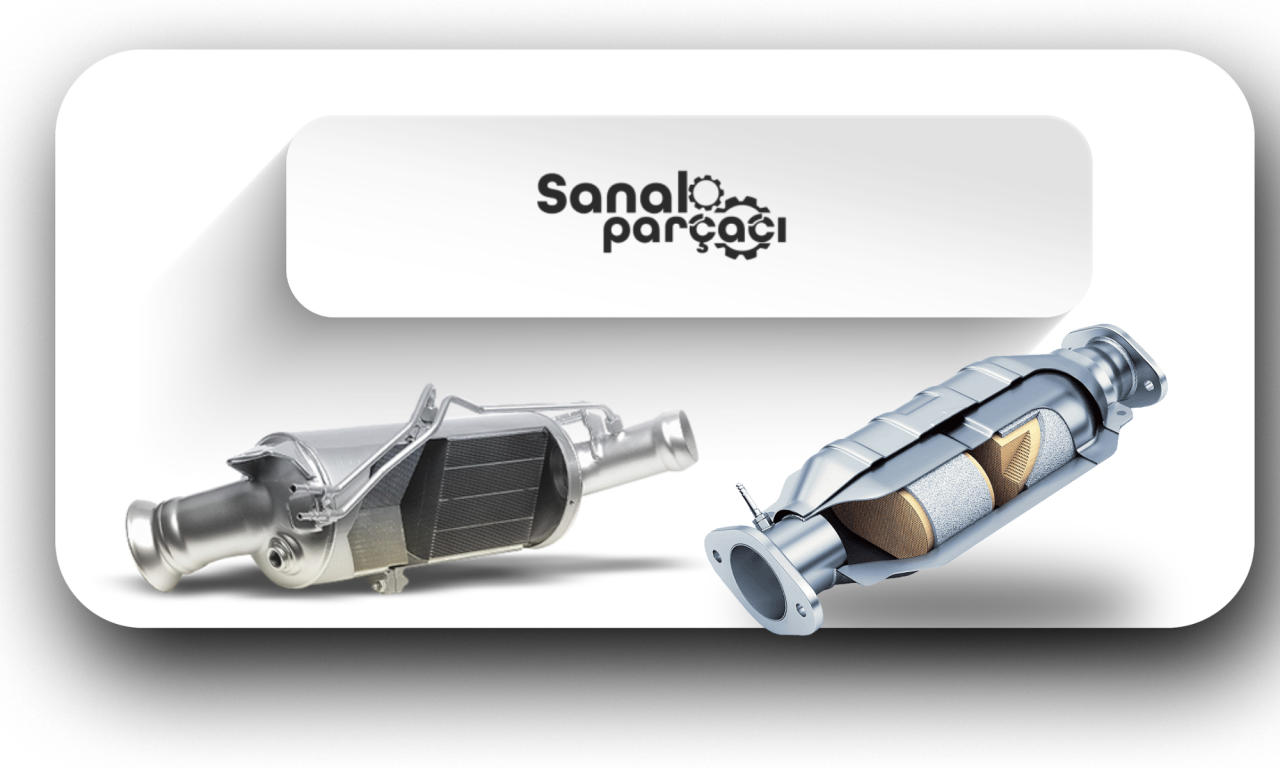What is the Difference Between DPF and Catalytic Converter?
04-03-2025
07:10

DPF (Diesel Particulate Filter) and catalytic converter are important parts of the vehicle exhaust system. Both are technological solutions to reduce exhaust gas emissions. However, the functions and working principles of DPF and catalytic converter are different.
DPF is a filter system that captures and holds harmful particles (soot, smoke, etc.) found in the exhaust gases of diesel vehicles. DPF has a specially designed porous structure and thanks to this structure, particles are trapped in the filter. Then, the DPF system performs a regeneration process to clean these particles regularly. This process allows the particles to be expelled through high-temperature combustion or a chemical reaction.
The catalytic converter is a system that chemically converts harmful gases (carbon monoxide, nitrogen oxides, etc.) found in exhaust gases. Metal catalysts in the catalytic converter make unwanted chemical compounds less harmful by coming into contact with the exhaust gases. Thanks to these chemical reactions, exhaust gas emissions are reduced and a cleaner environment is provided.
The main difference between a DPF and a catalytic converter lies in their function and working principles. While a DPF focuses on capturing and cleaning particles, a catalytic converter reduces emissions by chemically converting gases.
In conclusion, DPF and catalytic converter are different technologies for reducing emissions from the vehicle exhaust system. Both have a positive impact on the environment and human health.
